15 Promising Disney Movies That Ended in Disaster
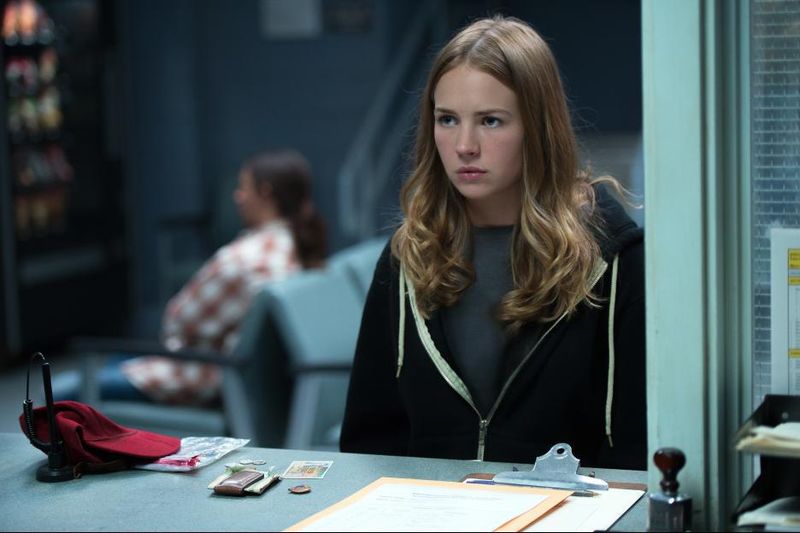
Even the magical world of Disney has its share of flops. Behind the glitz of successful franchises lie films that started with big dreams but crashed at the box office. These movies had everything going for them – talented directors, massive budgets, and Disney’s marketing power. Yet something went wrong along the way, turning potential classics into costly mistakes that fans and the studio would rather forget.
1. John Carter
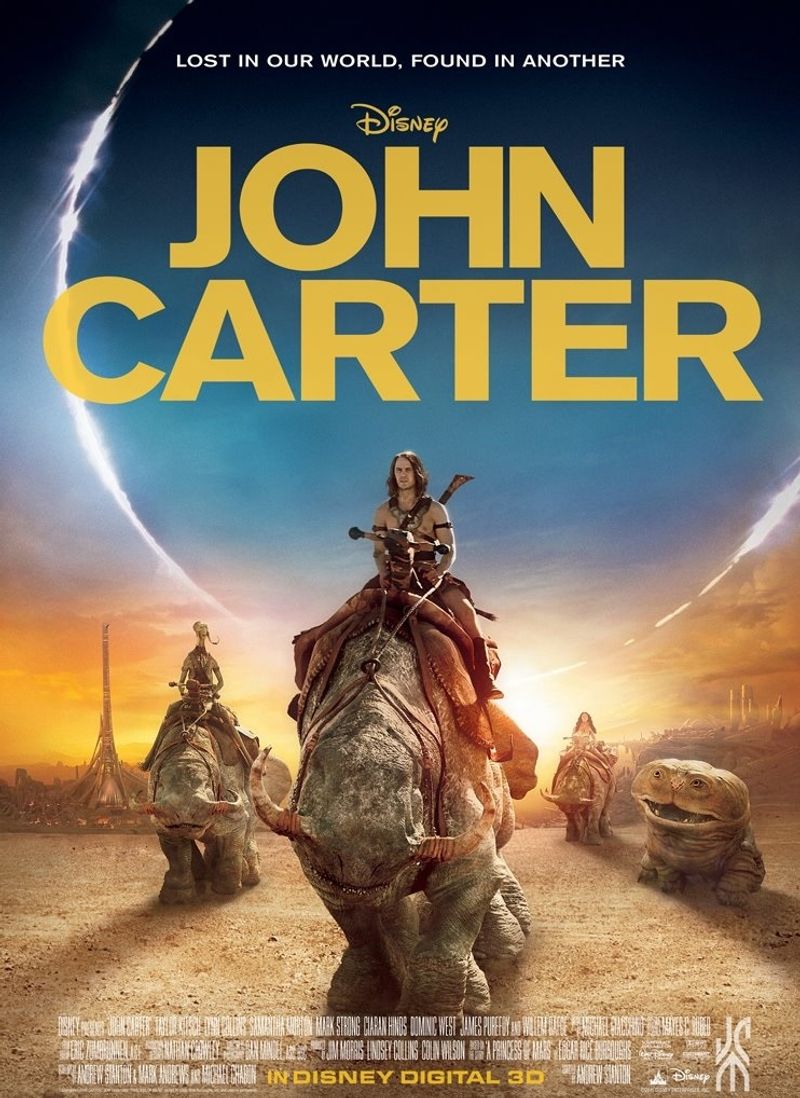
Based on a beloved science fiction series, this $250 million epic was supposed to launch Disney’s next big franchise. Instead, it became one of the biggest financial disasters in movie history, losing the studio around $200 million.
The marketing campaign confused audiences who had no idea what “John Carter” was about. Was it a western? A sci-fi adventure? Nobody could tell from the vague trailers.
The film actually received decent reviews from those who saw it, but most people never gave it a chance. Today, it remains a painful reminder of how even the most expensive productions can fail without proper audience connection.
2. The Lone Ranger
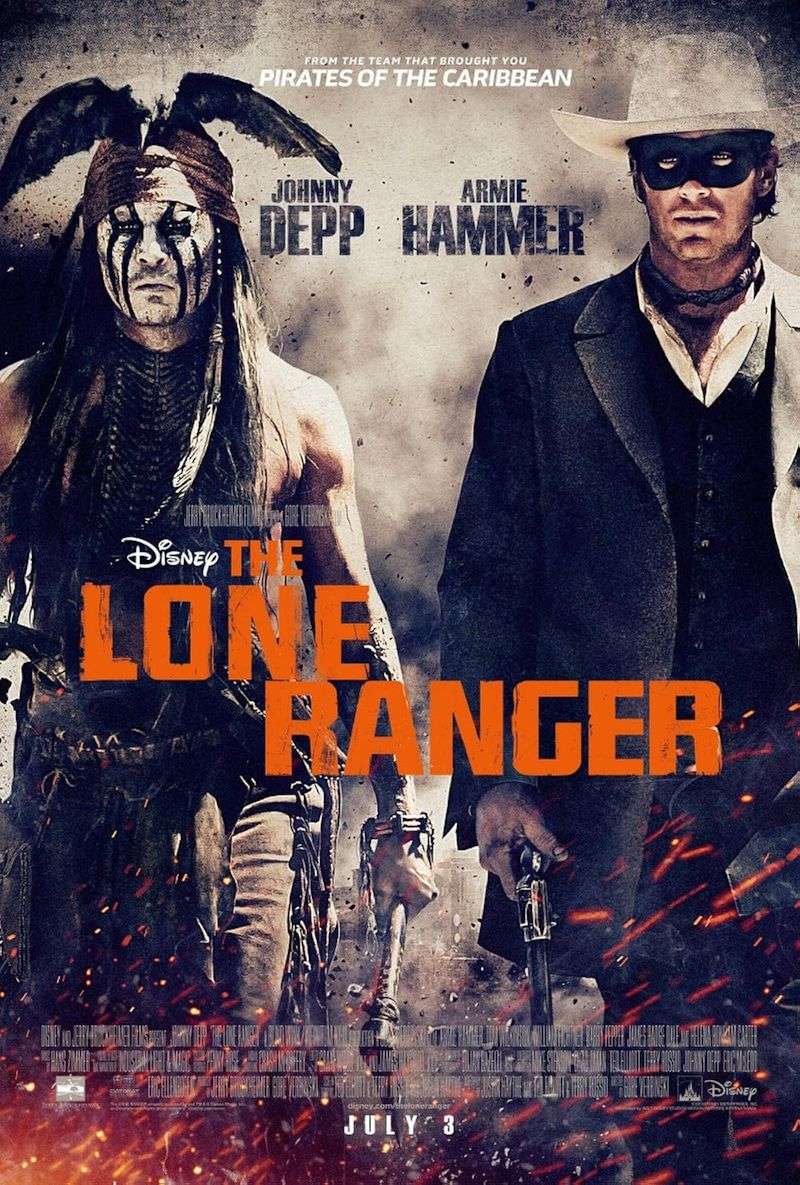
Reuniting the team behind the successful Pirates of the Caribbean franchise seemed like a sure bet. Johnny Depp and director Gore Verbinski brought their quirky style to this western reboot, but audiences weren’t interested in this $215 million gamble.
Cultural controversies didn’t help. Depp’s portrayal of Tonto drew criticism for cultural insensitivity, while the film’s bloated 149-minute runtime tested viewer patience.
Released during a crowded summer season, The Lone Ranger couldn’t compete with superheroes and animated hits. Disney reportedly lost $190 million on this western misfire that tried too hard to create another Pirates-style franchise.
3. A Wrinkle in Time
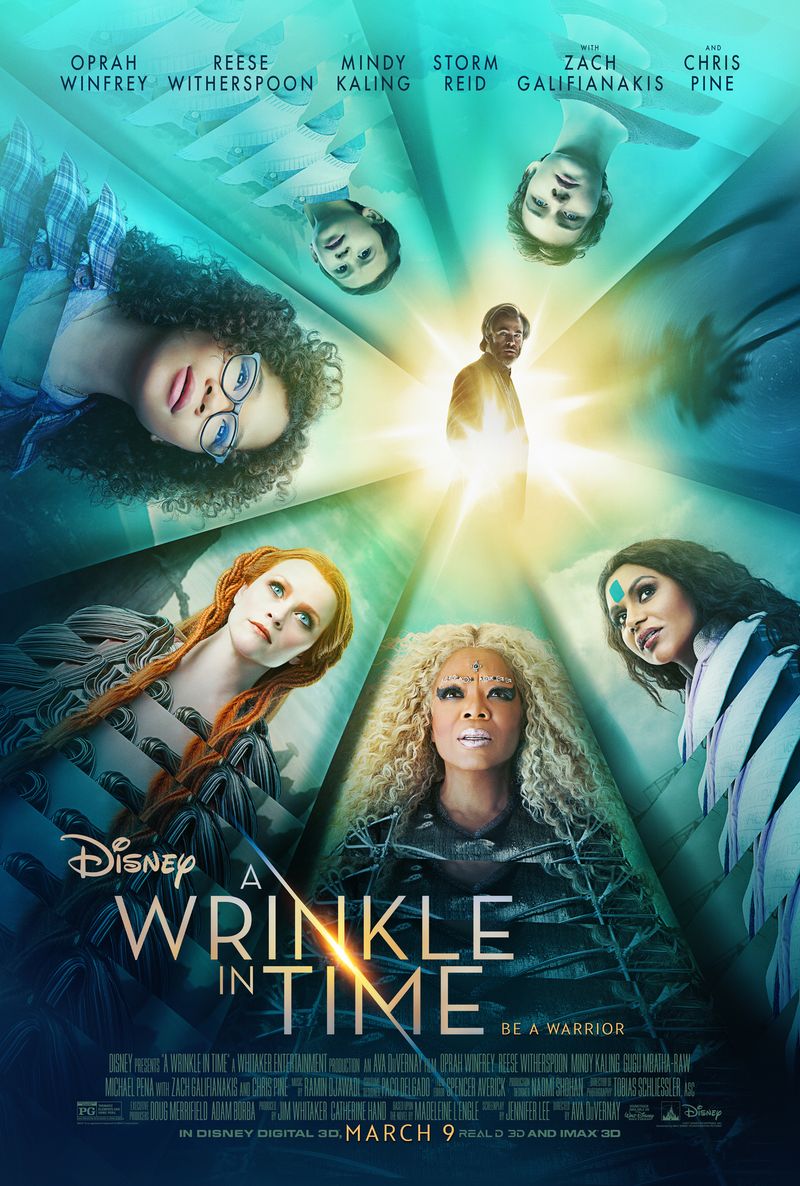
Directed by Ava DuVernay and starring Oprah Winfrey, Reese Witherspoon, and Mindy Kaling, this adaptation of the beloved children’s novel seemed destined for success. Disney spent $100 million bringing this colorful interdimensional adventure to life.
Critics found the story muddled and the message heavy-handed. The dazzling visuals couldn’t compensate for the emotional disconnection audiences felt from the characters and their journey.
The film struggled to translate the book’s abstract concepts into compelling cinema. Despite its inclusive casting and visual ambition, A Wrinkle in Time folded under pressure, earning just $133 million worldwide against a $250 million production and marketing budget.
4. Tomorrowland
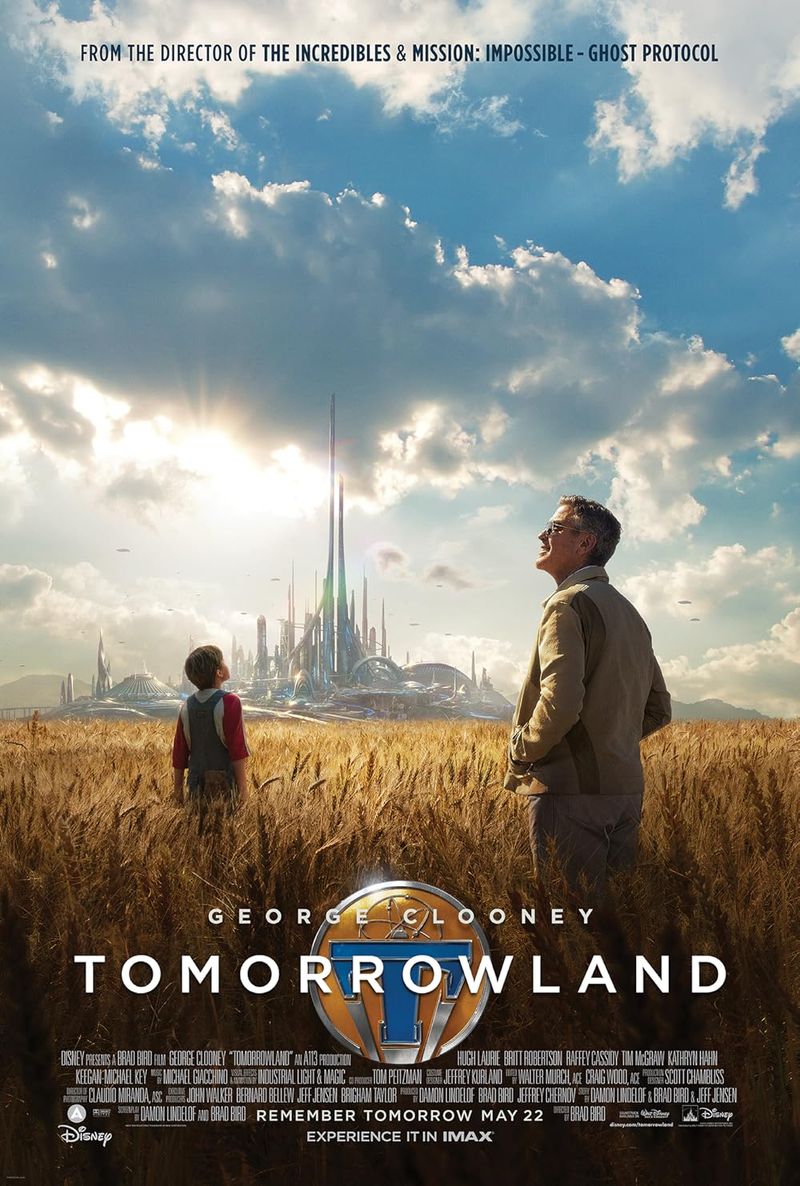
Disney poured $190 million into this original sci-fi adventure directed by Brad Bird of The Incredibles fame. With George Clooney starring and a marketing campaign teasing a mysterious futuristic world, expectations soared higher than the film’s jetpacks.
Audiences found the movie confusing and preachy. The environmental message overwhelmed the fun factor, creating a disconnect between the thrilling world promised in trailers and the lecture delivered on screen.
The film’s complicated plot lost younger viewers while failing to engage adults. Despite gorgeous visuals and ambitious ideas, Tomorrowland became yesterday’s news at theaters, losing approximately $120 million and killing plans for a potential franchise.
5. The Nutcracker and the Four Realms
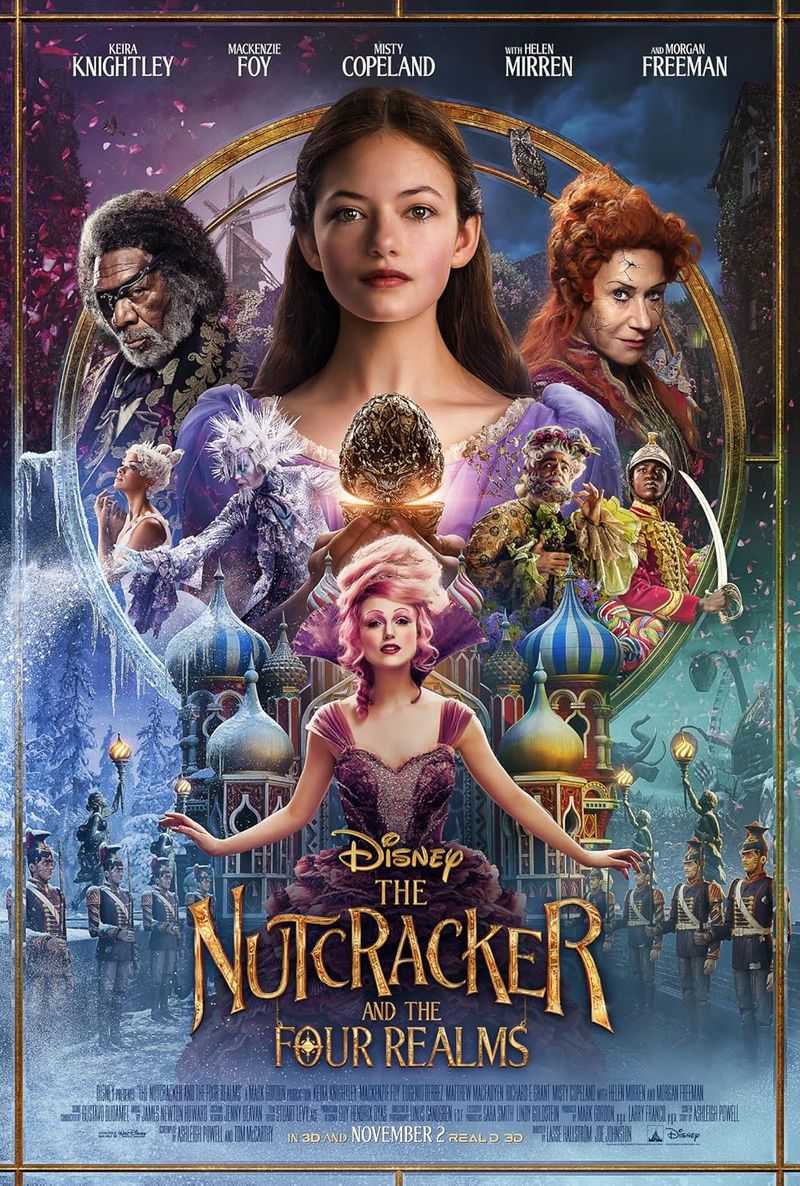
Disney’s lavish reimagining of the classic ballet story cost $120 million to produce. The studio envisioned a holiday classic that would enchant audiences with its ornate production design and star-studded cast including Keira Knightley and Morgan Freeman.
Released in early November 2018, the film failed to capture holiday magic. Critics called it visually overwhelming but emotionally empty, like a beautiful Christmas ornament with nothing inside.
Families stayed away, resulting in a disappointing $174 million worldwide gross against its massive budget and marketing costs. The film quickly vanished from theaters and conversations, becoming one of Disney’s most forgettable recent failures despite its eye-popping visuals.
6. The Black Cauldron
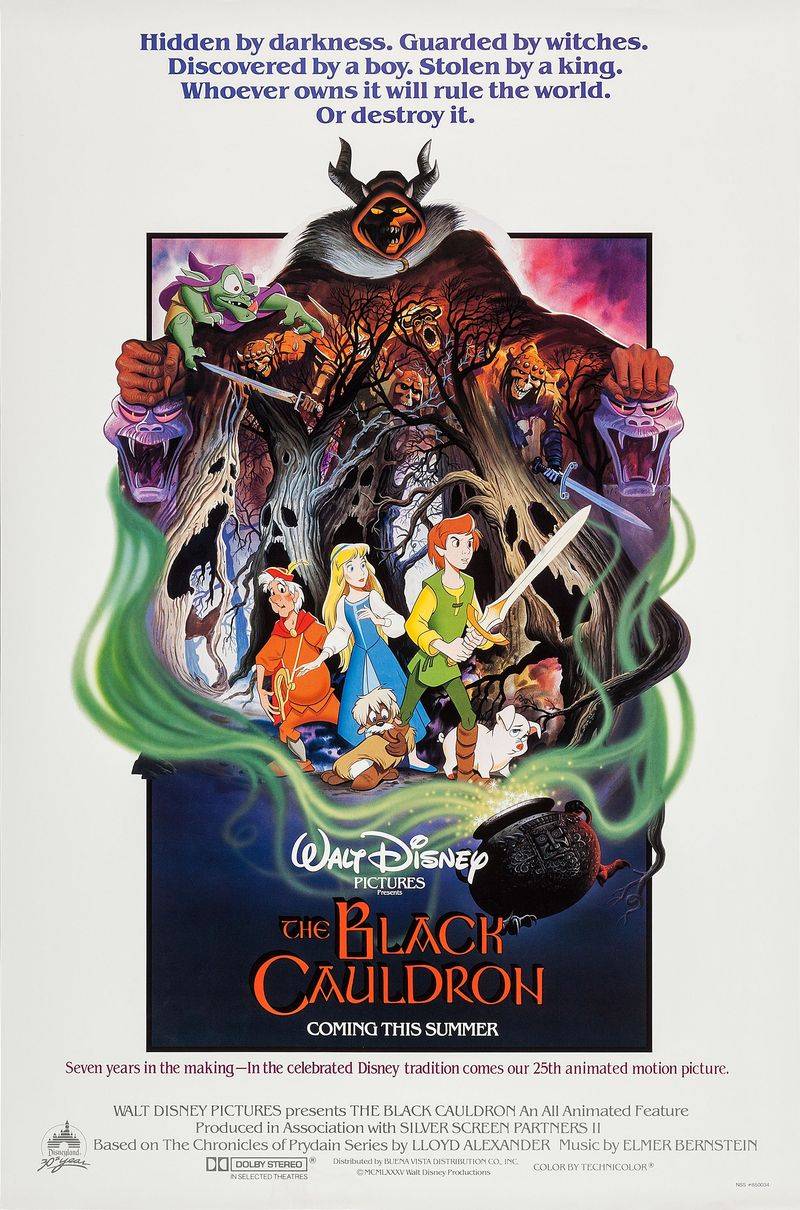
Nearly bankrupting Disney in 1985, this dark fantasy cost $44 million – a massive sum for animation at that time. The studio believed this adaptation of Lloyd Alexander’s Chronicles of Prydain would revolutionize animation with its mature themes and advanced techniques.
The film terrified children and confused adults. Its PG rating (rare for Disney animation then) signaled its departure from Disney’s family-friendly formula, featuring genuinely frightening scenes that had parents rushing children out of theaters.
Released during Disney’s creative slump, The Black Cauldron earned just $21 million domestically. The studio buried it for years, refusing to release it on home video until 1998, making it the black sheep of Disney’s animated library.
7. Treasure Planet
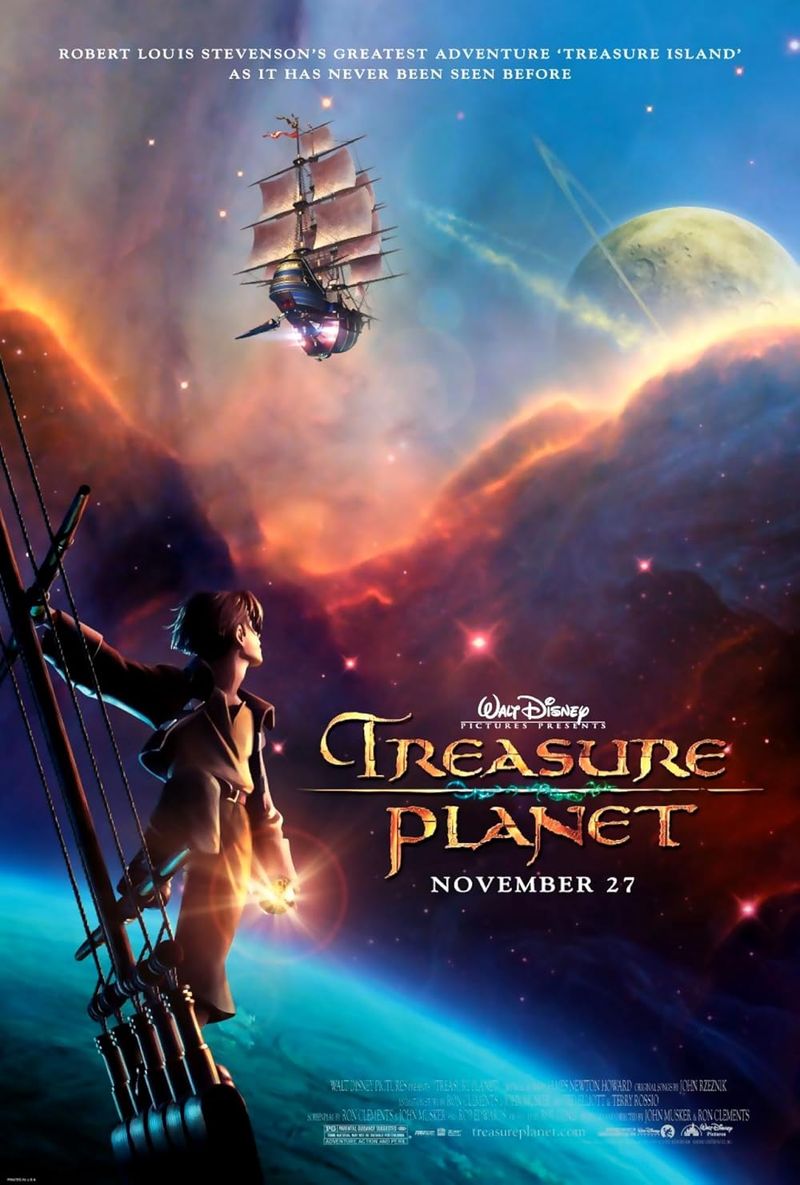
This Treasure Island sci-fi retelling showcased Disney’s technical prowess by merging traditional animation with modern CGI. With a $140 million budget, the studio aimed to attract both boys and classic Disney viewers.
Released during Thanksgiving 2002, the film faced brutal competition from Harry Potter and James Bond. Its strange mixture of 18th-century sailing ships in space confused marketing efforts, making it difficult to explain the concept to potential viewers.
Despite gorgeous animation and emotional depth, Treasure Planet sank at the box office, earning just $109 million worldwide. This financial disaster contributed to Disney temporarily abandoning traditional animation in favor of computer animation.
8. Home on the Range

This 2004 western comedy about talking cows fighting to save their farm marked the end of Disney’s traditional animation era before their move to 3D, costing $110 million and featuring a star-studded voice cast including Roseanne Barr, Judi Dench, and Cuba Gooding Jr.
The film’s juvenile humor and forgettable songs failed to impress. Critics panned it as creatively bankrupt, lacking the heart and artistry that defined Disney classics.
Earning just $104 million worldwide, Home on the Range became a sad finale for Disney’s traditional animation studio. The financial failure convinced executives to shut down the hand-drawn animation department, ending a tradition that had defined Disney for decades.
9. Mars Needs Moms
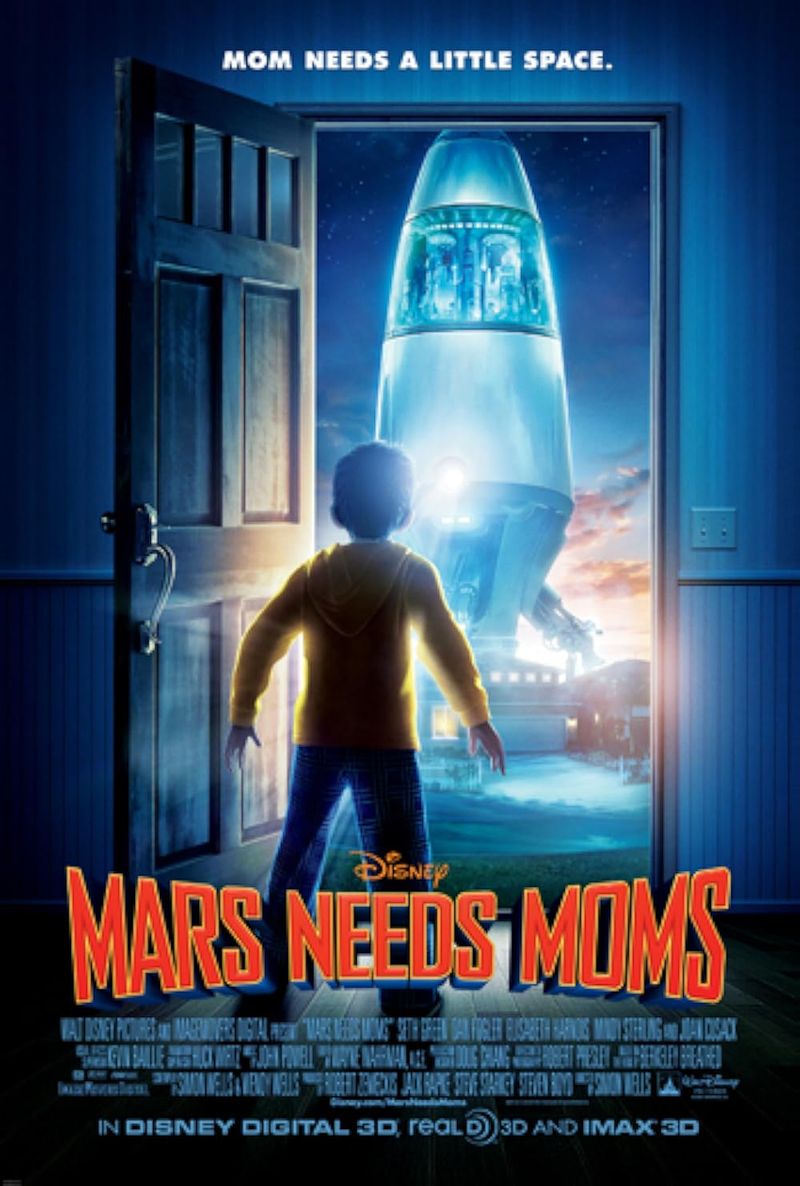
This motion-capture animated film from 2011 holds the dubious honor of being one of Disney’s biggest financial disasters ever. With a $150 million budget, the film used the same technology as The Polar Express to create realistic digital humans.
Audiences found the animation style creepy and unsettling. The characters fell into the “uncanny valley” – looking almost human but with something subtly wrong that made viewers uncomfortable.
The film earned a catastrophic $39 million worldwide, losing Disney an estimated $100-$144 million. The failure was so complete that Disney canceled multiple planned motion-capture projects and closed the entire production company responsible for the film.
10. The Country Bears

Based on Disney’s Country Bear Jamboree attraction, this 2002 live-action/animatronic hybrid represented Disney’s strange strategy of turning theme park rides into movies. The film cost $35 million to produce, featuring musicians like Elton John and Willie Nelson in cameo roles.
Critics savaged the film for its paper-thin plot and creepy bear costumes. Even children found the premise bizarre – a bear raised by humans searching for his bear family band.
The film earned just $18 million worldwide, becoming one of Disney’s most embarrassing theatrical releases. Unlike Pirates of the Caribbean (which successfully adapted a ride), The Country Bears showed the limitations of building movies around theme park attractions without compelling stories.
11. The Great Mouse Detective
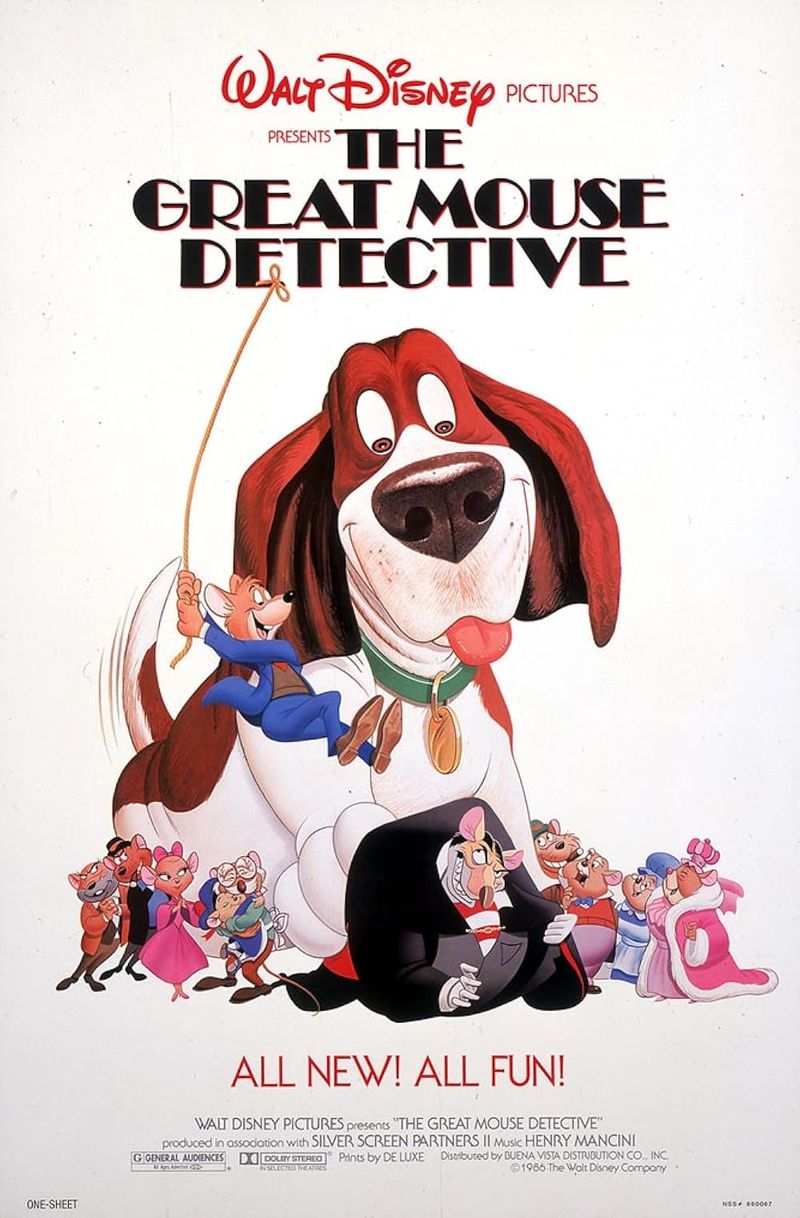
During Disney Animation’s darkest era in 1986, this Sherlock Holmes-inspired adventure featuring Basil of Baker Street, a clever rodent detective, was made for $14 million as the studio fought to recover from The Black Cauldron’s failure.
While critically praised, the film arrived when Disney animation had fallen out of public favor. It faced impossible competition from Don Bluth’s more successful An American Tail, another mouse-centered animated film released the same year.
Despite its clever story and memorable villain, The Great Mouse Detective earned just $38 million worldwide. Though profitable, it performed below expectations, keeping Disney animation in jeopardy until The Little Mermaid revitalized the studio three years later.
12. Brother Bear
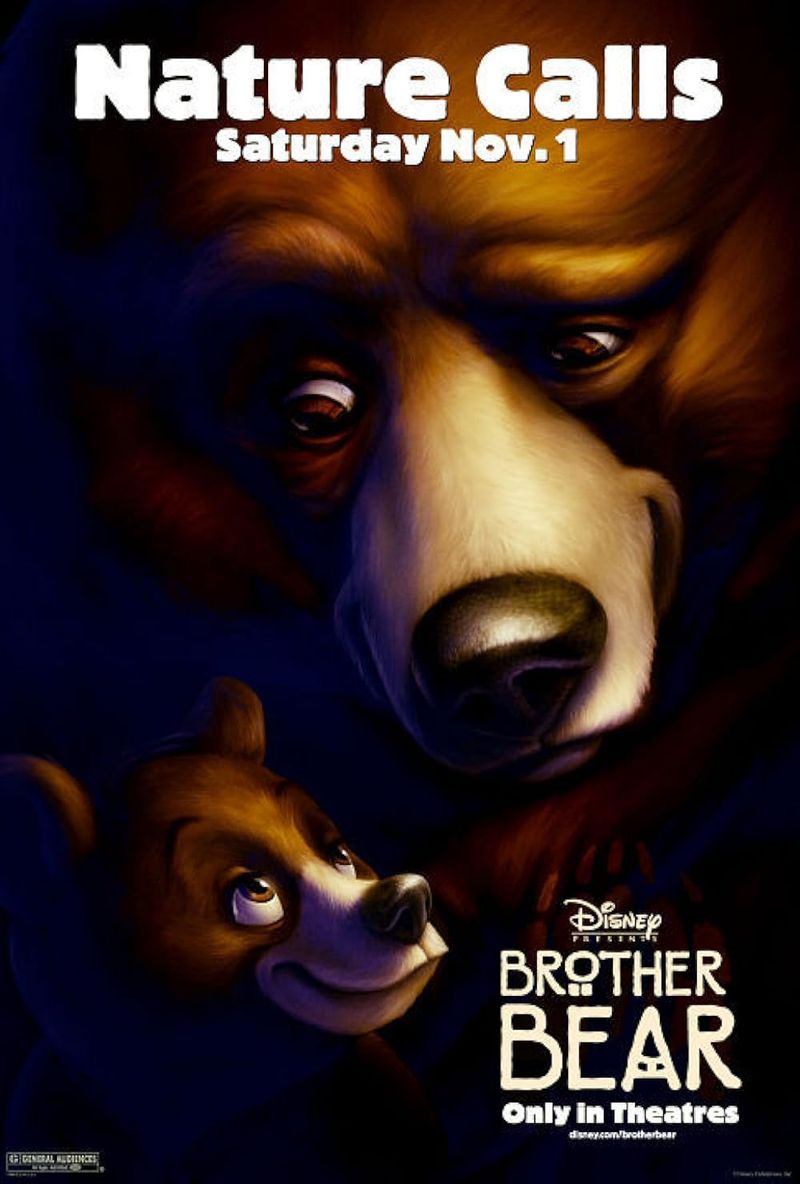
After hits like Tarzan and Lilo & Stitch, Disney invested $128 million in this 2003 animated story about a hunter turned bear, hoping its environmental theme and Phil Collins soundtrack would replicate Tarzan’s success.
Released just as Pixar’s Finding Nemo was dominating animation, Brother Bear seemed outdated by comparison. Critics found the story predictable and the animation, while beautiful, lacking the innovation audiences now expected.
The film earned $250 million worldwide – not a flop, but disappointing for its massive budget. Brother Bear represented Disney Animation’s declining relevance before their 2010s renaissance, arriving when traditional animation was losing ground to computer animation.
13. Planes
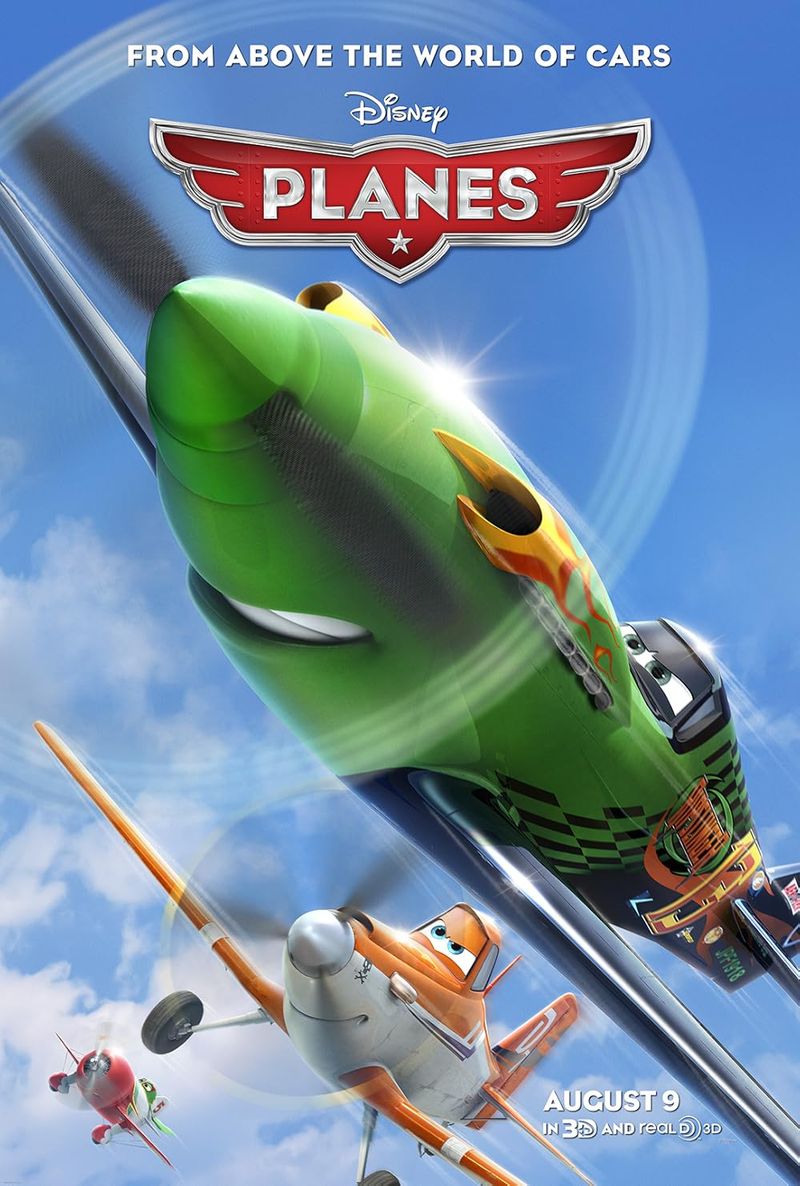
Originally planned as a direct-to-DVD spinoff of Pixar’s Cars franchise, Disney executives promoted this DisneyToon Studios production to theatrical release in 2013. The film cost $50 million, significantly less than Pixar productions, but with expectations of Cars-level merchandise sales.
Critics immediately noted the lower animation quality and simplified storytelling. Without Pixar’s involvement, the film lacked the emotional depth and visual innovation audiences expected.
While not a box office disaster ($239 million worldwide), Planes failed to launch the planned trilogy when its sequel Planes: Fire & Rescue performed poorly. The franchise crashed after just two films, with a third canceled as Disney shuttered DisneyToon Studios entirely in 2018.
14. The Emperor’s New Groove

Few know this 2000 animated comedy began as an epic musical called Kingdom of the Sun with songs by Sting. After four years of troubled production and $100 million spent, Disney scrapped the original concept entirely, rushing a completely different film to theaters.
The final buddy comedy bears no resemblance to the planned epic. Disney’s marketing department had no idea how to sell this strange, sarcastic film that didn’t fit their princess formula, resulting in minimal promotion.
Despite becoming a cult favorite years later, The Emperor’s New Groove earned just $169 million worldwide on release – disappointing for its budget. Production chaos and marketing confusion turned what could have been Disney’s next Lion King into an overlooked footnote.
15. Atlantis: The Lost Empire
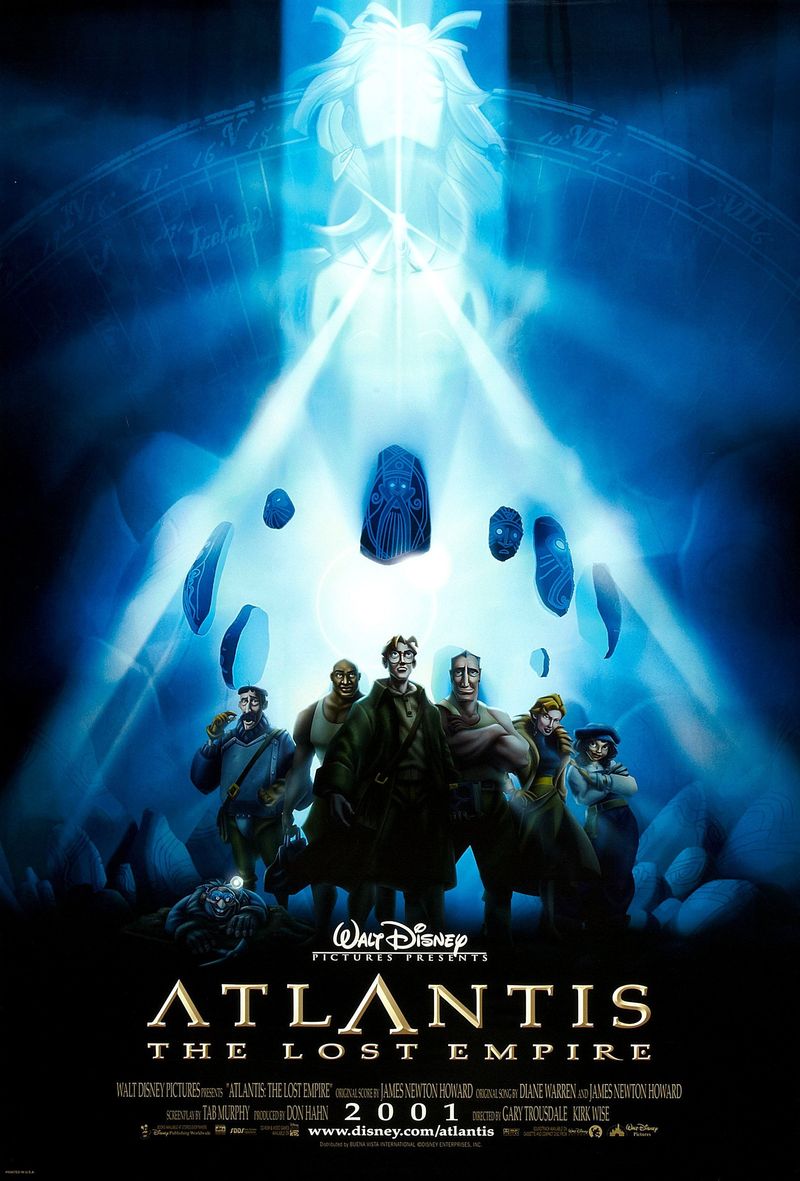
Breaking from Disney’s musical formula, this 2001 sci-fi adventure aimed to capture older audiences with its action-packed story and distinctive visual style inspired by comic book artist Mike Mignola. The $120 million production featured groundbreaking combinations of traditional and computer animation.
Released against tough competition from Shrek and Lara Croft: Tomb Raider, Atlantis struggled to find its audience. Parents found it too intense for young children, while teens weren’t interested in a Disney animated film.
The film earned $186 million worldwide – not enough for its massive budget. Plans for an animated series and theme park attraction were scrapped, turning this ambitious attempt to reinvent Disney animation into another expensive misfire during the studio’s early-2000s slump.

Comments
Loading…